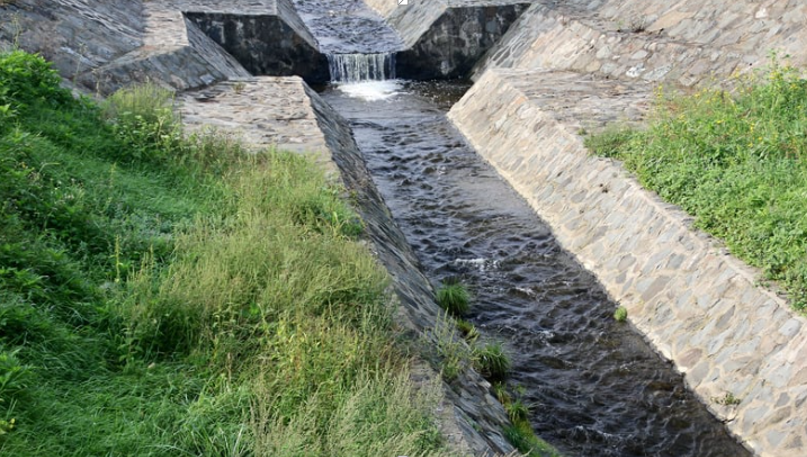Choosing Plants That Help Improve Yard Drainage
Excess water in your landscape can lead to pooling, erosion, and unhealthy soil conditions. Finding natural solutions not only prevents these issues but also enhances the overall beauty of your property. One effective approach is integrating plants that support yard drainage in Atlanta, combining functionality with aesthetics. By choosing the right greenery, homeowners can manage runoff while creating a more resilient outdoor environment.
How Plants Contribute to Drainage and Erosion Control
Plants do more than add visual appeal; they actively stabilize soil, absorb water, and prevent surface runoff. Their root systems create channels that help water percolate into the ground more effectively, reducing puddling and erosion. Native species, in particular, are highly beneficial because they are adapted to local conditions and require less maintenance. Exploring how plants help in erosion control highlights the vital role vegetation plays in reinforcing soil and improving drainage across residential landscapes.
Best Types of Plants for Drainage Improvement
When selecting plants, homeowners should focus on species that thrive in wet conditions and provide deep root systems. Ornamental grasses, such as switchgrass or fescue, work well because of their fibrous roots. Shrubs like redtwig dogwood and perennials such as hostas or daylilies can also absorb excess moisture while adding structure and color to the yard. Plant diversity ensures coverage at different soil levels, maximizing water absorption and erosion prevention.
Creating a Healthier Yard Through Proper Drainage
Good drainage is essential for soil health and plant vitality. Without it, waterlogged soil becomes compacted, suffocating roots and leading to poor growth. Properly chosen plants not only manage runoff but also enrich the soil with organic matter, fostering long-term fertility. Understanding how proper yard drainage contributes to the overall health of your soil shows that strategic planting goes beyond water management; it enhances the ecosystem of the yard as a whole.
Combining Plants with Professional Solutions
While plants are a natural method for improving drainage, they work best when paired with other strategies. Professional services may include grading adjustments, French drains, or retention areas to complement plantings. By combining vegetation with engineered solutions, homeowners can achieve maximum effectiveness, ensuring the yard remains both functional and visually appealing throughout the year.
See also: Role Of Healthcare Contact Center Services In Accelerating Business Growth
Enhancing Aesthetic and Environmental Value
The use of plants for drainage not only prevents structural damage but also enhances curb appeal. A thoughtfully designed yard with lush, water-absorbing vegetation creates a more inviting space while supporting biodiversity. Birds, pollinators, and beneficial insects thrive in these environments, contributing to a healthier outdoor ecosystem. At the same time, strategically placed greenery reduces reliance on artificial drainage systems, lowering environmental impact.
Long-Term Benefits of Drainage-Friendly Planting
Incorporating plants for drainage is a forward-thinking approach that saves money and effort in the long run. Healthy soil requires fewer chemical treatments, while reduced erosion means less need for frequent landscaping repairs. Over time, these natural systems strengthen, providing sustainable protection and beauty with minimal upkeep.
Conclusion
Selecting the right plants for yard drainage offers a natural and effective solution to excess water issues. From stabilizing soil to improving overall yard health, vegetation plays a vital role in creating functional, attractive landscapes. When combined with professional support, this approach ensures long-lasting protection against erosion while enhancing the property’s environmental and aesthetic value.






